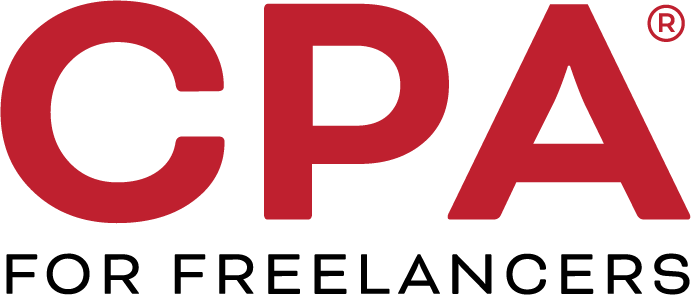![]() When your freelance business is bustling and you can see additional growth on the horizon you may start considering whether it’s time to expand your team by hiring an employee. While visions of the relief having another set of qualified hands (and brain cells) at your disposal may play through your mind, it’s equally important to spend some time envisioning how this change will impact your business financially—because it will.
When your freelance business is bustling and you can see additional growth on the horizon you may start considering whether it’s time to expand your team by hiring an employee. While visions of the relief having another set of qualified hands (and brain cells) at your disposal may play through your mind, it’s equally important to spend some time envisioning how this change will impact your business financially—because it will.
Ready to hire? Ready your bank balance for these higher costs. If you’ve ever been a W-2 employee yourself, you may have an inkling of what it costs to have an employee on a company payroll, beyond the obvious salary obligations. A rule of thumb is to assume at least 10 to 12 percent above the base pay that you are offering to account for matching contributions to Social Security, Medicare and unemployment insurance. In addition you’ll need to budget for workers’ compensation insurance and any benefits such as vacation, 401(k) matching or health insurance you want to provide.
As you can see, adding an employee also means adding significant expenses that will impact your bottom line. This checklist will help you identify all of the factors you need to consider when calculating the true cost of hiring an employee:
- The employer share of Social Security and Medicare taxes. As a self-employed individual, you’re responsible for paying the full freight of Social Security and Medicare taxes. As an employer, you’re on the hook for paying for 50 percent of them for your employee as well as providing withholding for them so they can pay the other half.
- Federal and state unemployment insurance. Once you bring on an employee, you will have to pay federal and state unemployment insurance. Another note: You must file IRS Form 940 to report your federal unemployment tax contributions for any year in which you paid wages of $1,500 or more in any quarter or for any year in which an employee worked for you in any 20 or more different weeks of the year.
- Workers’ compensation and disability insurance. In some states, workers’ compensation and disability insurance policies are required and you will have to pay premiums for your coverage. New York State is an example, where these taxes are mandatory and must be purchased as separate policies.
- Payroll assistance. While this is not a mandatory expense, you may find having help setting up and managing your payroll taxes beneficial. As mentioned above, you need to withhold Social Security and Medicare taxes and remit them for your employee as well as withholding their federal income tax and in some cases state income tax as well, according to their W-4 form (which you need to provide to them). The W-4 form should be completed each year.
- Employee benefits. Finding and retaining quality talent is hard for any business, but it can be especially so for small businesses. Employee benefits such as health insurance and 401(k) plans can help to make your job offer more attractive, but they also add costs which may be hard to manage. Do your research about what you can offer at an affordable price, before you start courting potential hires.
You may already have an employer-employee relationship in the IRS’ eyes. To avoid fines and penalties, it is critical to classify your team according to IRS rules. If you use contractors on a regular basis then you need to make sure you classify them correctly when it comes to their employment status. The IRS uses a comprehensive test to determine who is an employee and who is an independent contractor. You can find the IRS guidelines on contractor vs. employee classification here.
Worker classification issues are an area of particular focus for the IRS and complying with the rules is essential for avoiding penalties and fines. If you need help understanding the tax rules related to independent contractors versus employees, reach out to CPA or tax professional.
Financial preparation is key to the successful expansion of your team. Hiring your first employee is an exciting rite of passage for many freelance business owners who are ready to take the next step in growing their companies. The checklist above can help you be fully prepared for both the opportunities—and the financial obligations—that come with the expansion of your team.


